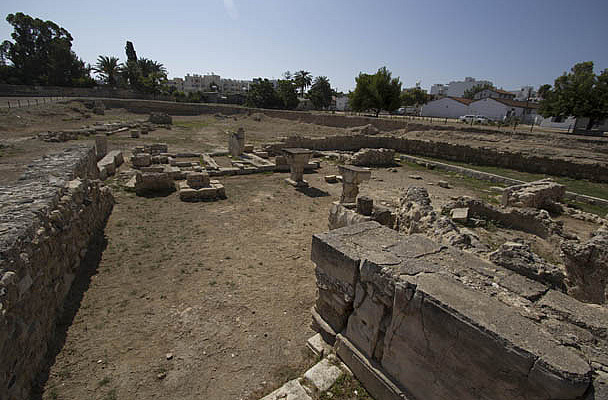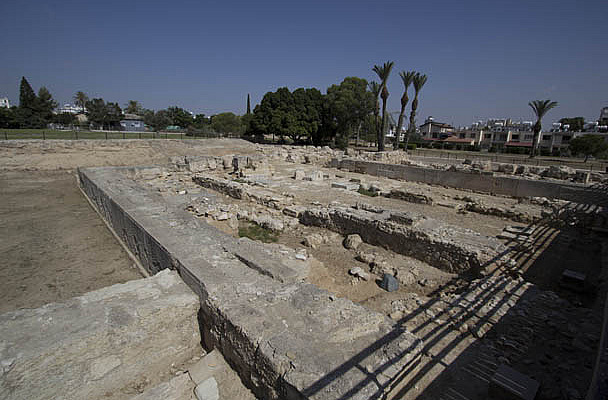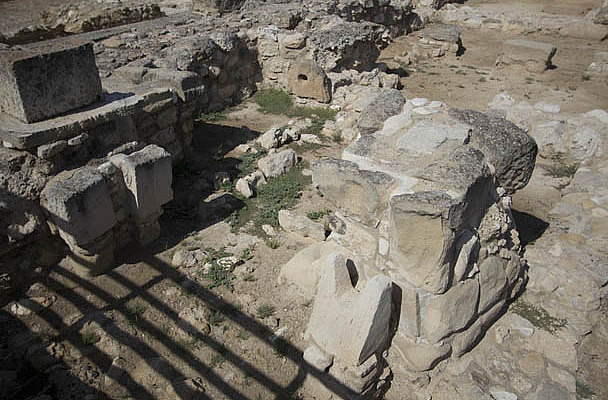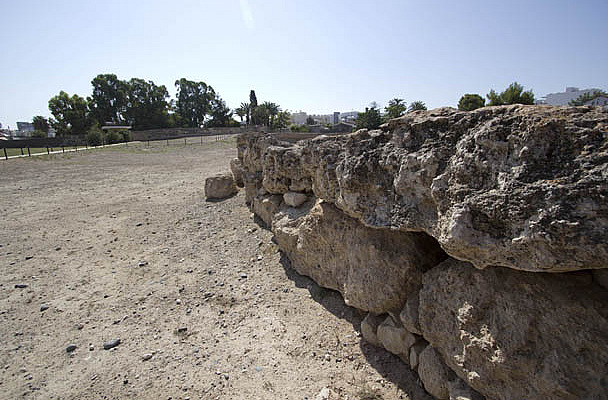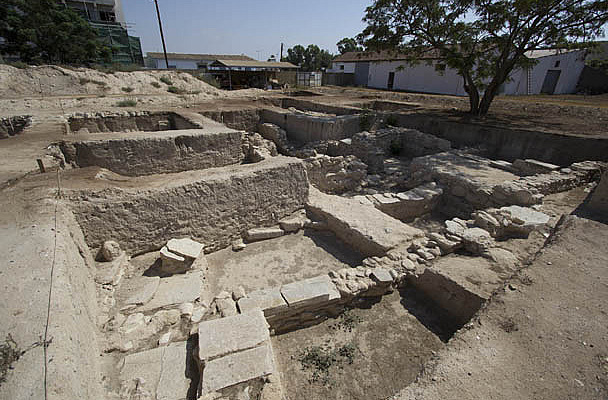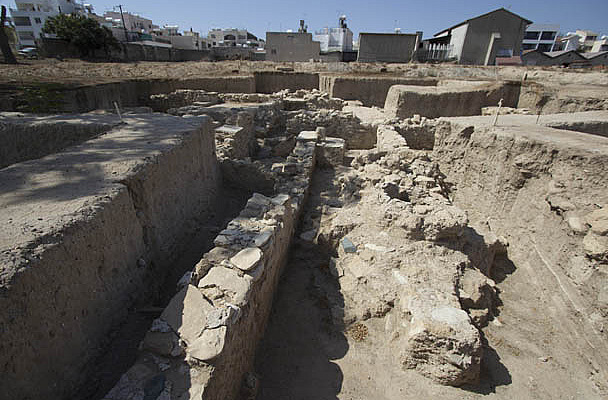Historical Background
The ancient city of Kition is identified by the ancient Jewish historian Josephus (37-100 A.D.) as Kittim in Hebrew (Ant. 1.6.1). The area of Kition was inhabited as early as the 13th century B.C. by Mycenaeans and then later by Achaean refugees by ~1200 B.C. after the destruction of the Mycenaean populace in Greece. The original city was composed of mud-brick houses with cyclopean, huge rectangular ashlar blocks. The city was destroyed by earthquakes in 1075 B.C. and then resettled closer to the southern coast of Cyprus near the sea.
Around the 9th century B.C. Phoenician merchants settled in Kition and the community began to grow and a community formed. In the mid-9th century a large temple was constructed to the Phoenician goddess Astarte. At the end of the 8th-century, Kition was sieged and conquered by King Sargon II of Assyria (721-705 B.C.) along with every other city on Cyprus. When the Persians defeated the Babylonians, Cyprus fell under its rule. In the 5th century, when several of the Cyprian city-states rebelled against the Persian empire, the Phoenicians of Kition were supported by Persia and gained dominance of the island until they transferred allegiances to Alexander the Great in 332 B.C. Alexander's successors, the Ptolemies, destroyed the walls of Kition and the temple in 312 B.C. ending the reign of the Phoenician kings on the island. During the Ptolemaic reign Kition still thrive and was a major cultural and philosophical center of the Mediterranean. The Stoic philosopher Zeno is noted as being from Kition.
When the Romans conquered the island in 58 B.C., Kition began to gradually decline and lose power and prominence.
Archaeological Significance
Not much excavation has been performed at Kition. The foundation of the temple of Astarte is uncovered with a few capitals and pieces of the walls, and there is courtyard with sanctuary and place of sacrifice adjacent to the temple (12th century B.C.). Also, part of the original city walls still stand from the Mycenaean or Achaean settlement (13th century B.C.). A little further away from the temple, some residential housing has begun to be excavated.
Biblical Significance
Kition is mentioned several places in Scripture but mostly as an allusion to its naval power (Dan 11:30), figuratively to all the distant islands of the Mediterranaean or distant places in general (Jer 2:10; cf. Isa 23:12), or as a principal supplier of lumber for the building of ships (Ezk 27:6).







